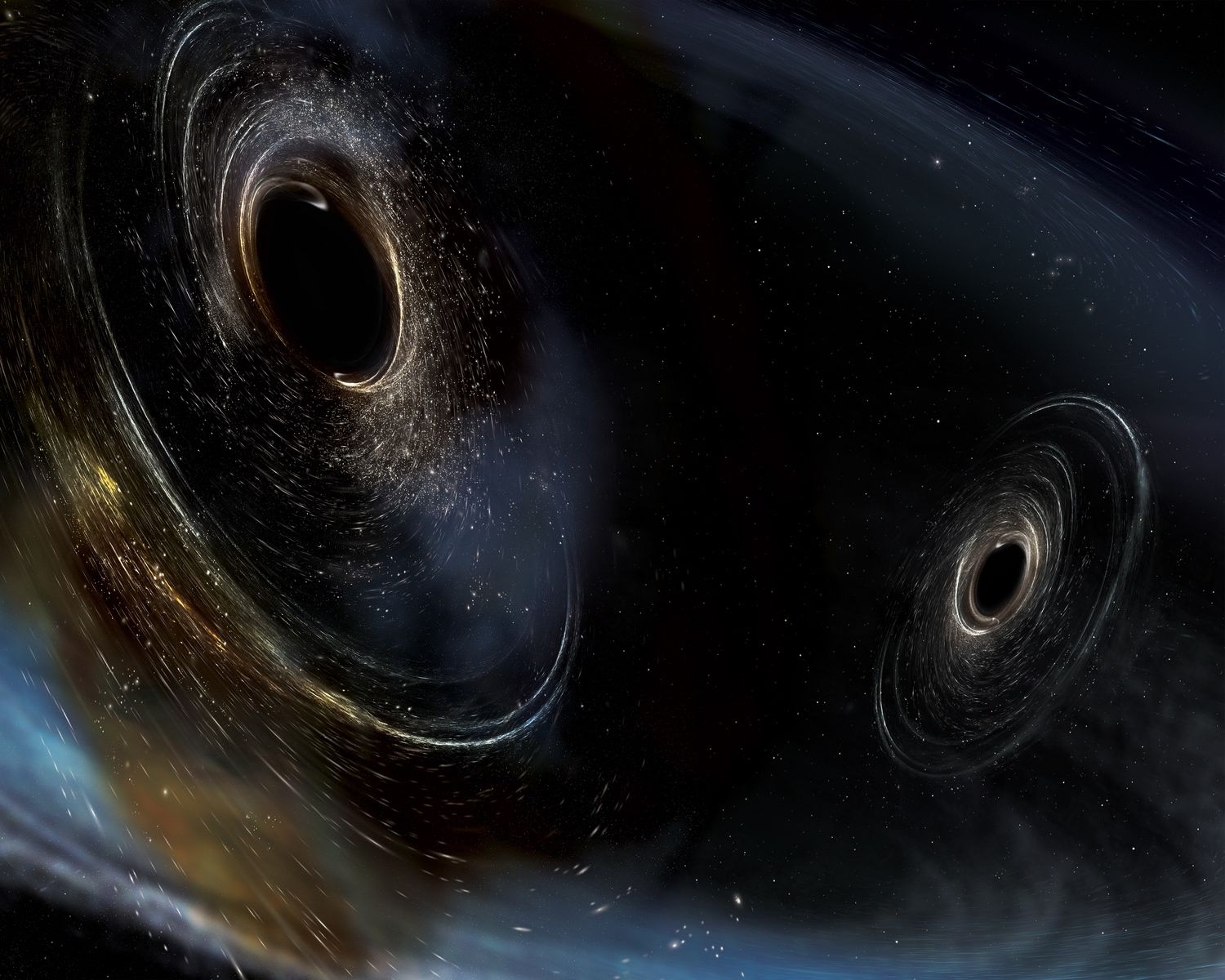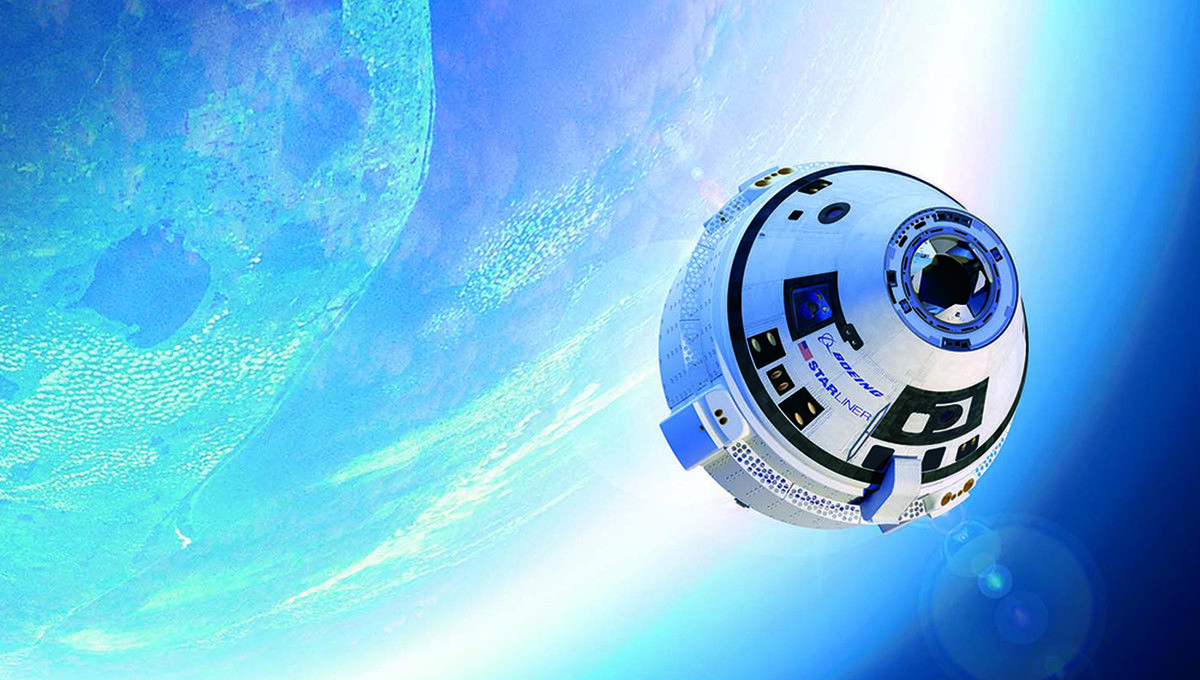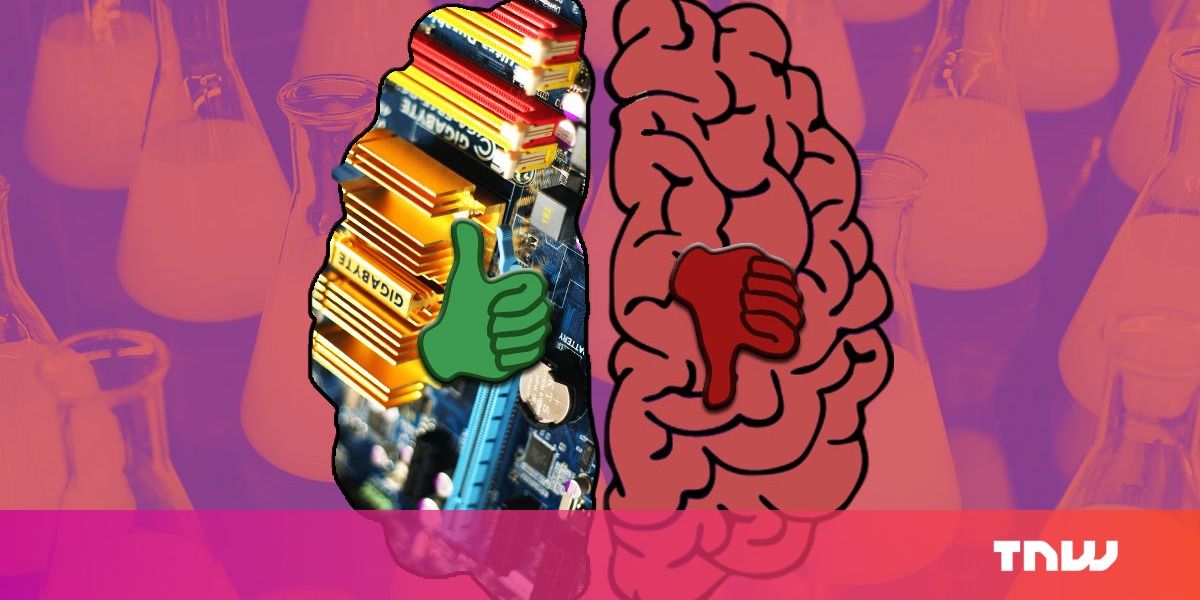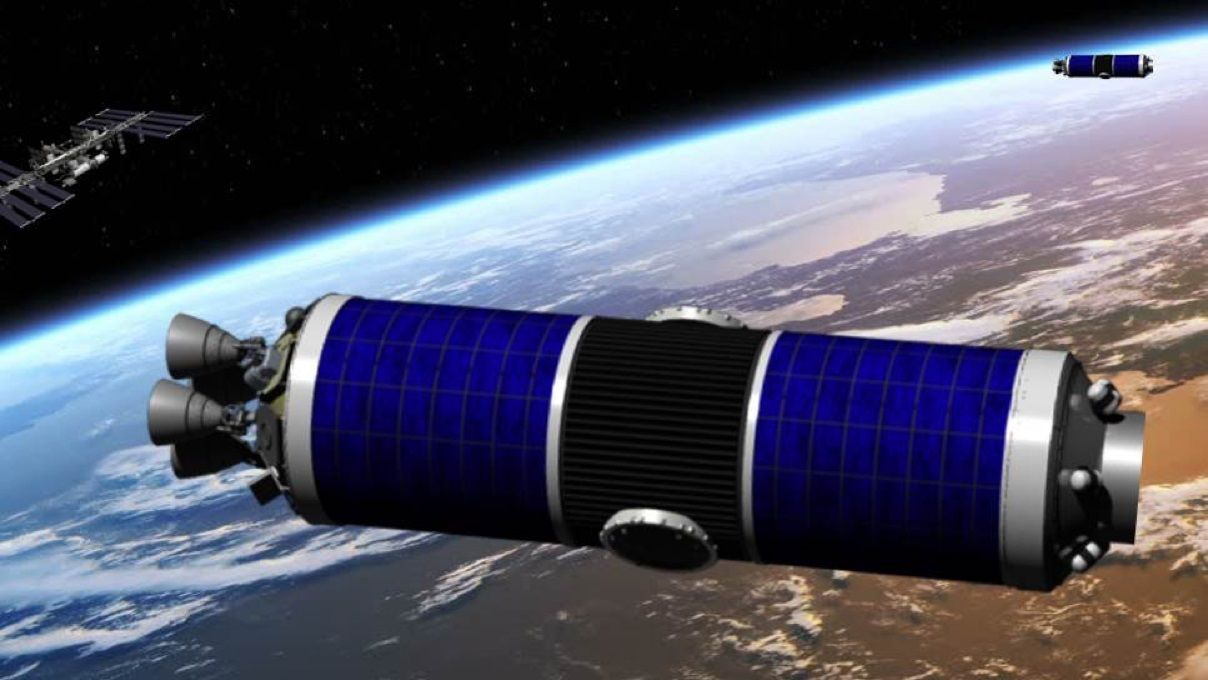If physicists do find that gravitational waves have travelled through dimensions other than the four we live in, it will be the start of a revolution in physics. But how close are we really?
Measuring the structure of antimatter could help us unlock the secrets of the universe.
Have you ever questioned someone’s state of mind or reminded someone that it pays to be mindful? Maybe you’ve told someone that they needed to be more open-minded? Or perhaps you’ve felt like you need to find some peace of mind for yourself.
But have you ever wondered what exactly a mind is?
If you try, it’s quite difficult to define the concept. It is the center and stronghold of your being, the basis of your consciousness and without it can you even be considered to be truly alive? I have wondered many times about what and where it is.
NASA wants to go to Mars. SpaceX wants to go to Mars. Michio Kaku wants humanity to go to Mars so we can avoid extinction. The rest of us just want to see our species actually set foot on Mars. But first, the moon.
Think of the moon as a launchpad for the Red Planet. As LiveScience found out, Boeing’s Crew Space Transportation (CST)-100 Starliner is going to take advantage of our satellite as a blast-off point for the next frontier. Starliner (the name is about as sci-fi as you can get) is what happens when Boeing, which probably makes everyone think airplanes not spaceships, joins forces with NASA to develop a reusable space capsule that will be able to fly up to seven astronauts to the ISS. It will also be the world’s first commercial space vehicle.
Starliner is even autonomous. Meaning crews will spend less time on training and take off sooner. It only needs one astronaut to fly it, or more like assist it in flight, using tablets and touch screens.
Machines don’t actually have bias. AI doesn’t ‘want’ something to be true or false for reasons that can’t be explained through logic. Unfortunately human bias exists in machine learning from the creation of an algorithm to the interpretation of data – and until now hardly anyone has tried to solve this huge problem.
A team of scientists from Czech Republic and Germany recently conducted research to determine the effect human cognitive bias has on interpreting the output used to create machine learning rules.
The team’s white paper explains how 20 different cognitive biases could potentially alter the development of machine learning rules and proposes methods for “debiasing” them.
Robots Go Mental
Posted in biological, robotics/AI









